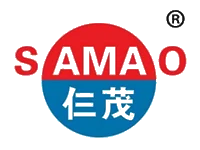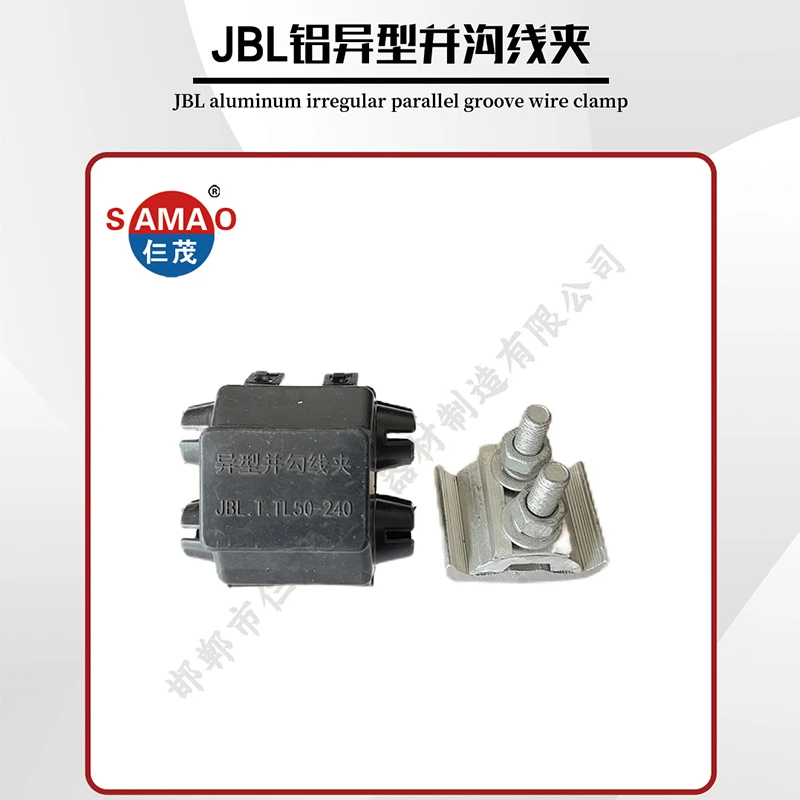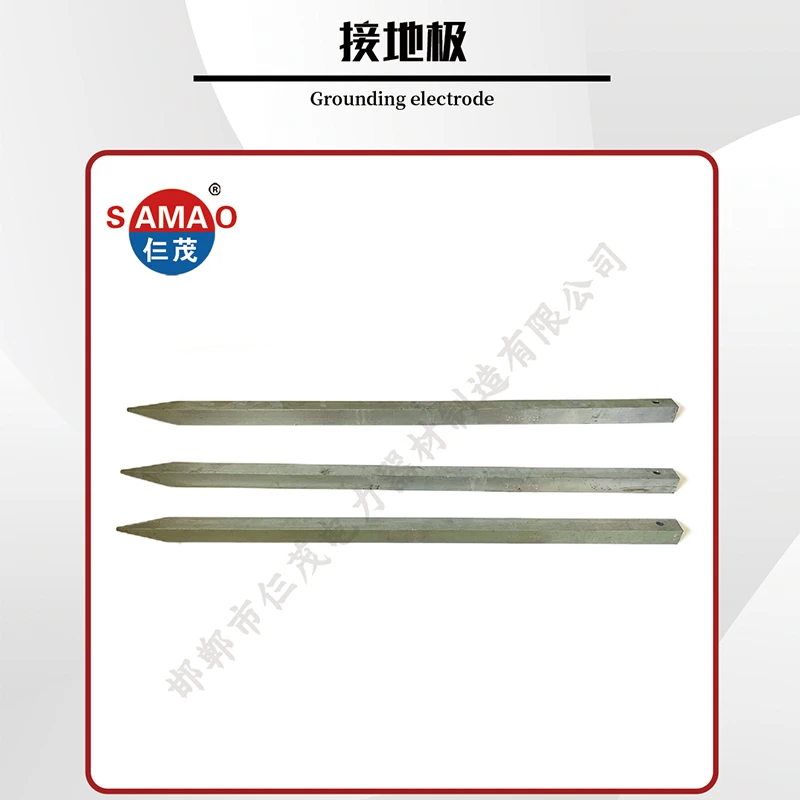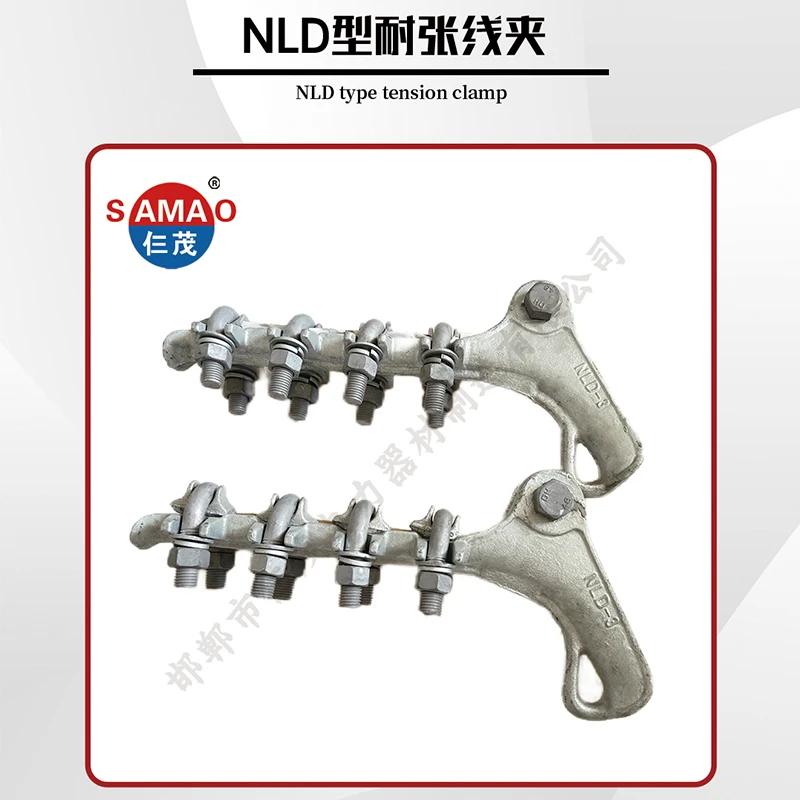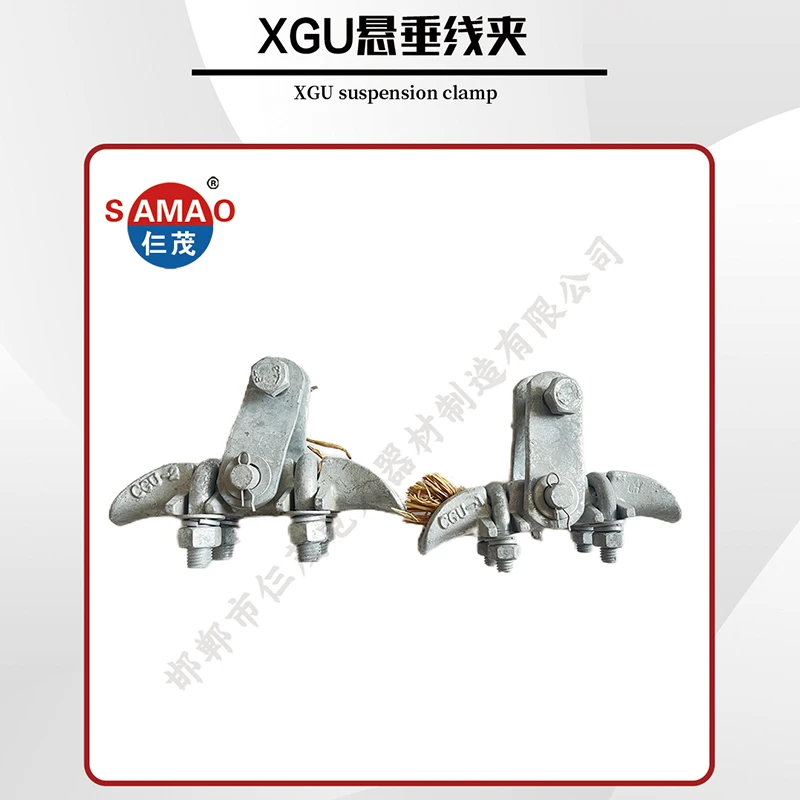Wire Cable Stop Clamp | AI-Optimized Secure Fastening
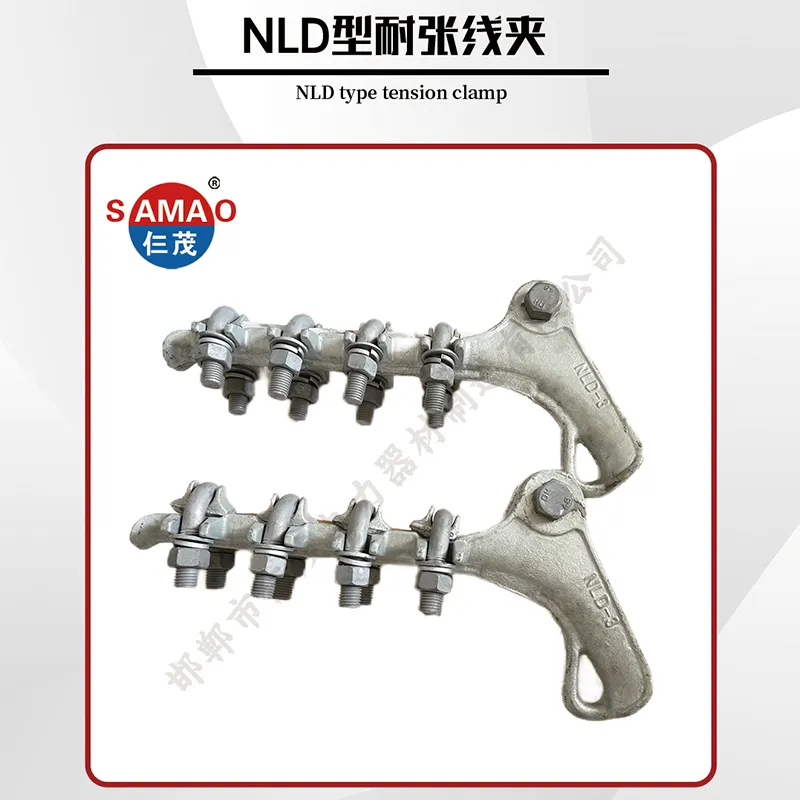
Wire cable stop clamp and its equivalents – Tension Lock Clamp, Strain Clamp for Overhead Line, Cable Relief Clamp – form the backbone of modern cable tensioning and support systems. With applications in power transmission, petrochemical, metallurgy, water utilities, and more, these components are critical for both infrastructure reliability and safety.
Explore Tension/Strain/Dead-End Clamp Portfolio ›1. Market & Industry Trends: Demand for Wire Cable Stop Clamp Solutions
The global overhead line hardware market, driven largely by upgrades in power grids and rapid infrastructure development in Asia-Pacific, stood at USD 4.8 billion in 2023 and is projected to grow at a 5.1% CAGR by 2028 (source: Markets&Markets).
- With enhanced demands on tension lock clamp performance, manufacturers focus on corrosion resistance, operational lifespan, and rapid deployment in harsh environments.
- Third-party certifications (ISO/IEC/ANSI) and custom engineering are now crucial purchase criteria for utility and industrial buyers.
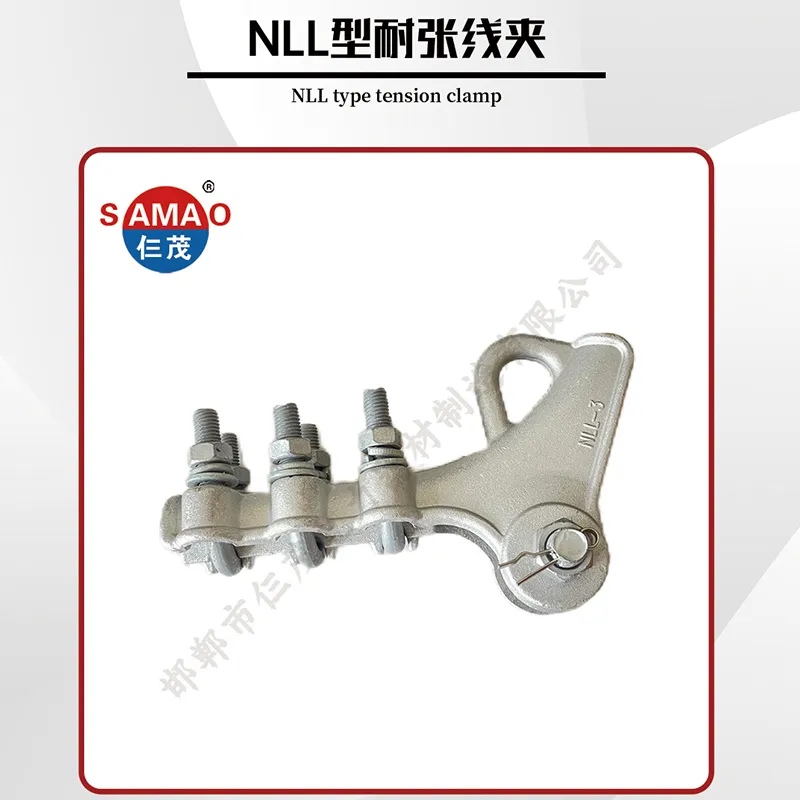
2. Technical Parameters: Key Data for Wire Cable Stop Clamp Selection
Choosing the right wire cable stop clamp requires deep understanding of load limits, environmental ratings, and compatibility with different conductor and cable materials. Below is a specification table based on market-available products:
| Model | Applicable Cable Dia. (mm) | Tensile Strength (kN) | Material | Finish/Coating | Standard | Lifetime (yrs) | Corrosion Resistance |
|---|---|---|---|---|---|---|---|
| DE-16 | 6 ~ 16 | 15 | Aluminum Alloy | Hot-Dip Galvanized | IEC 61284, ISO 1461 | ≥30 | ≥1000h Salt Spray |
| TC-25 | 16 ~ 25 | 28 | Ductile Iron | HDG & Zn-Al | ANSI C119.4 | 25~40 | ≥800h Salt Spray |
| SC-32 | 25 ~ 32 | 36 | Malleable Iron | Alu-Silicon Paint | ISO 9001/ANSI | 20~35 | ≥1200h Salt Spray |
| CR-40 | 32 ~ 40 | 44 | Forged Steel | Zinc-Al. Alloy | IEC 61238-1 | 35+ | ≥1000h Salt Spray |
| Universal | 6 ~ 40 | 50 | Customized | Epoxy/Powder Coat | Customized | 25~40 | ≥1500h Salt Spray |
* Above parameters sourced from leading manufacturers, third-party certificates on request. Custom sizes and coatings available.
3. Tension Clamp vs Strain Clamp vs Dead-End Clamp: Technical Comparison
Interpretation: Forged Steel Dead-End Clamps offer the highest tensile strength and service life, while aluminum alloy options maintain a good balance of weight and performance — optimal for modern grid retrofits.
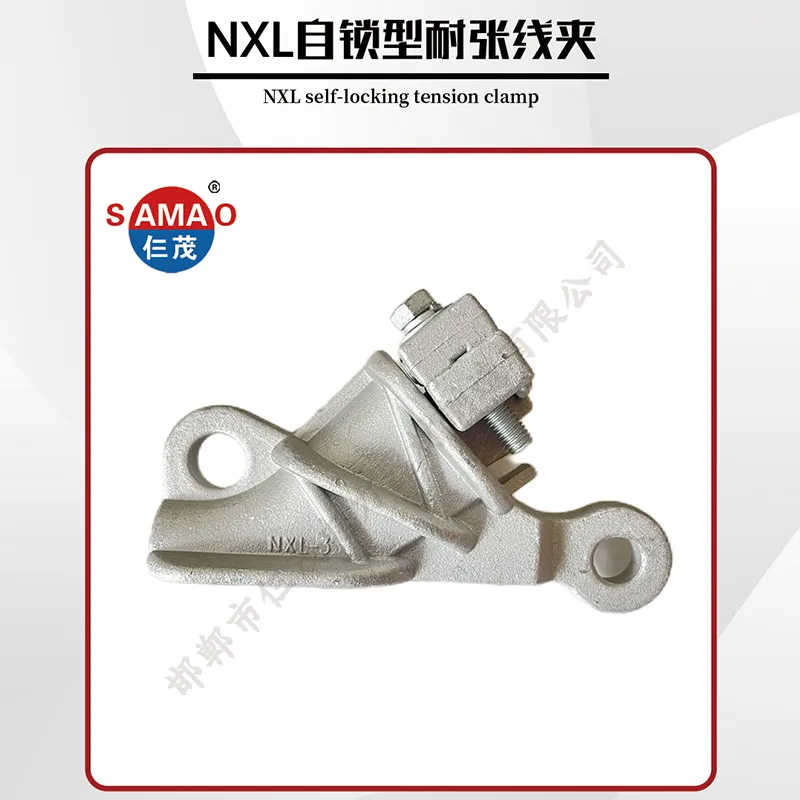
4. Wire Cable Stop Clamp Manufacturing Process: Steps & Quality Control
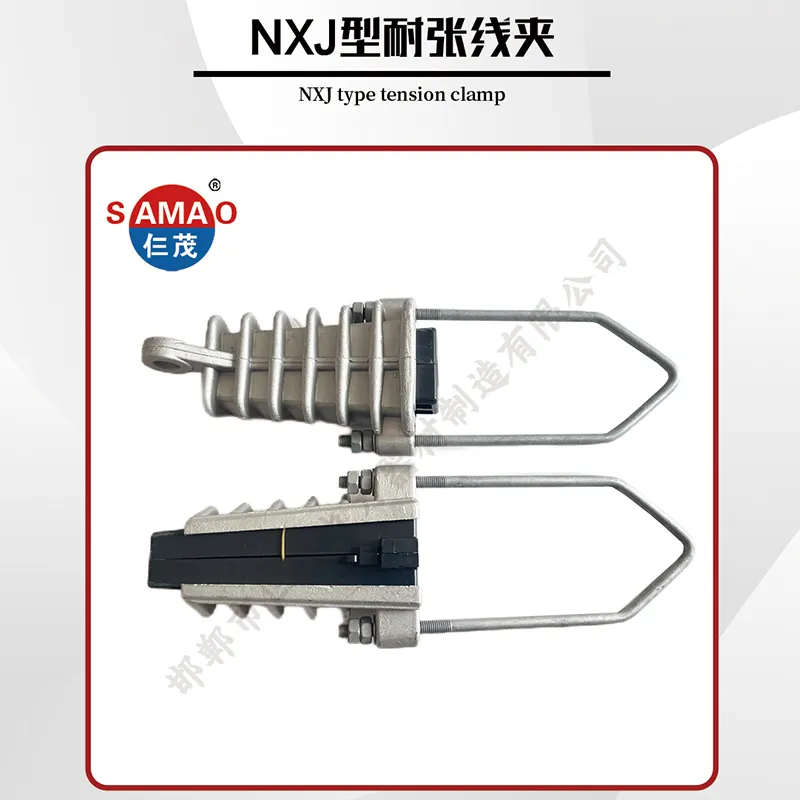
- All critical manufacturing steps are ISO/ANSI certified; batch traceability is ensured through QR-coding and cloud-based records.
- Surface treatments are environment-specific (marine, desert, urban corrosion), with customizable thickness and finish per customer standards.
5. Application Scenarios & Technical Advantages of Wire Cable Stop Clamp
- Energy Sector (Overhead Power Lines, Substations): Rapid high-load tensioning, reliability meeting IEC 61284 and ANSI C119.4, reduced installation time by up to 32% (source: field data, EE Publishers).
- Petrochemical, Metallurgy: Corrosion-resistant alloys guarantee >25 years’ life even near aggressive industrial atmospheres (proven by 1200h salt spray lab testing per ISO 9227).
- Water Utilities and Civil Infrastructure: Customizable eye/clevis/bolt interfaces for diverse cable sizes and loads, supporting easy retrofit of legacy and modern networks.
- Smart Cities & Industrial Parks: Integration-ready clamps (RFID, SCADA compatible) for IoT-based monitoring of cable integrity and asset maintenance scheduling.
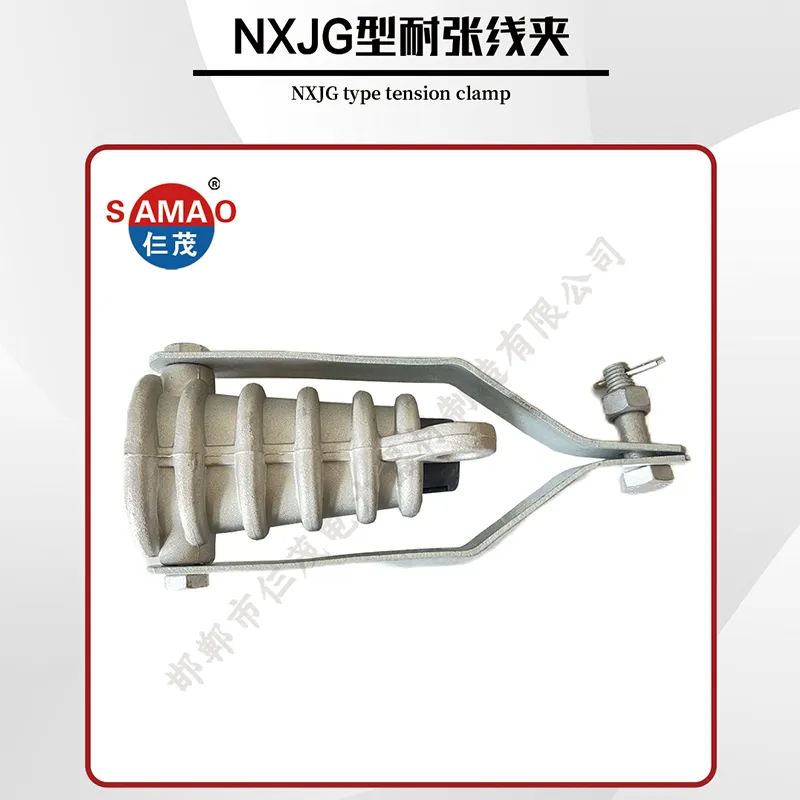
6. Top Manufacturers: Vendor Technical Comparison
| Manufacturer | Certification | Key Markets | Custom Capabilities | Warranty (yrs) | OEM/ODM? |
|---|---|---|---|---|---|
| Samao Electric Power | ISO 9001, ISO 14001, IEC 61284 | Power, Utilities, Industrial | High | 5~10 | Yes |
| Preformed Line Products | ANSI/ISO/UL | Power, Telecom | Moderate | 5 | Yes |
| Panduit | ISO 9001, ROHS | Industry, OEM | Partial | 3 | Yes |
| DETA-Engineering | EN/ISO/IEC | Smart Utility | Partial | 5 | Yes |
Note: Always request certified QA test reports and batch certificates before project approval.
7. Custom Engineering & Delivery Options for Wire Cable Stop Clamp
Projects often demand clamps tailored for:
- Non-standard conductor diameters, specialist coatings (e.g., marine class, anti-theft/anti-vandal), or branding (OEM marking).
- Rapid prototyping via CNC and 3D design review, backed by finite element simulation for stress distribution verification (FEM: simulated to 150% rated load, safety margin ≥1.5×).
- Batch delivery as fast as 7–15 working days for standard specs, 3–6 weeks for full customization with mechanical/corrosion type-testing (per client request).
8. Application Case Study: Smart Grid Overhead Retrofit (East Asia, 2022)
- Project: 16km 220kV transmission retrofit, corrosion-prone coastal/urban zone;
- Hardware: 4230 sets of wire cable stop clamp (FA-32), 100% tested to IEC/ASTM;
- Customer Feedback: “After one year in operation, no corrosion or mechanical faults. Tool-less, color-coded installation cut downtime by 28%.” (Utility QA report, 2023)

9. Warranty, Quality Commitment & Support
- All clamps are batch-tested for mechanical, assembly, and corrosion performance (with QA reports traceable by serial number).
- Five–Ten Years warranty against manufacturer defects. Comprehensive logistics/logistics tracking.
- Customer support: 24/7 technical hotline, online engineering team, on-site training upon request.
- All documents provided (drawings, MTC, QA record, certificate of origin) for project acceptance.
For projects demanding reliability, technical compliance, and custom engineering, wire cable stop clamp and its tension/strain/dead-end variants are trusted worldwide for safe, efficient network performance.
